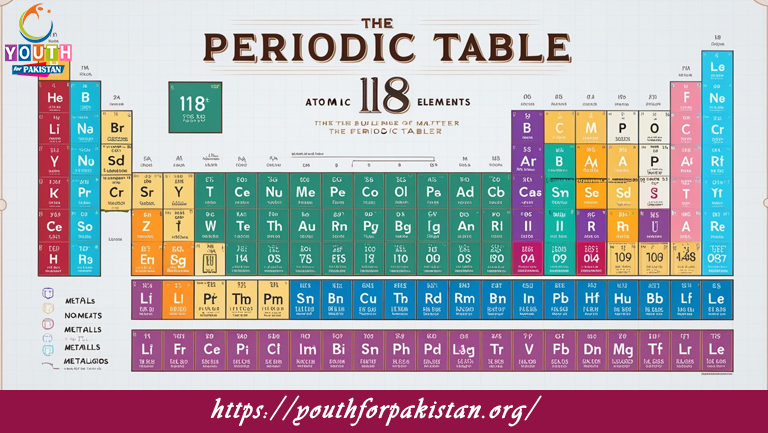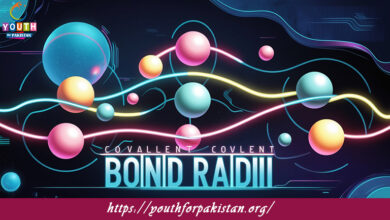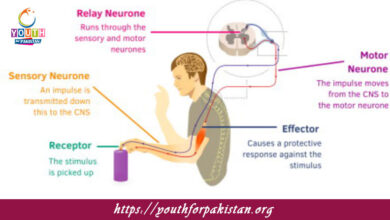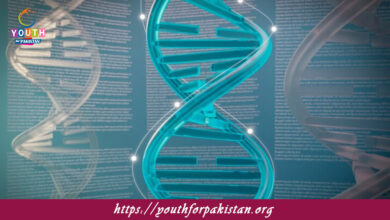Group2 Elements Trends In Reactivity MDCAT MCQs with Answers

Welcome to the Group2 Elements Trends In Reactivity MDCAT MCQs with Answers. In this post, we have shared Group2 Elements Trends In Reactivity Multiple Choice Questions and Answers for PMC MDCAT 2024. Each question in MDCAT Chemistry offers a chance to enhance your knowledge regarding Group2 Elements Trends In Reactivity MCQs in this MDCAT Online Test.
The reactivity of Group 2 elements with water:
a) Increases down the group
b) Decreases down the group
c) Remains constant
d) First decreases, then increases
The order of reactivity with water for Group 2 elements from least to most reactive is:
a) Be < Mg < Ca < Sr < Ba
b) Be < Mg < Ca < Ba < Sr
c) Mg < Be < Ca < Sr < Ba
d) Mg < Be < Ca < Ba < Sr
Which Group 2 element is the least reactive with water?
a) Beryllium (Be)
b) Magnesium (Mg)
c) Calcium (Ca)
d) Barium (Ba)
The reaction of Group 2 elements with oxygen generally produces:
a) Metal oxides
b) Metal peroxides
c) Metal superoxides
d) Metal hydroxides
Which Group 2 element reacts most vigorously with water?
a) Calcium (Ca)
b) Strontium (Sr)
c) Barium (Ba)
d) Magnesium (Mg)
The reactivity of Group 2 elements with acids:
a) Increases down the group
b) Decreases down the group
c) Remains constant
d) First increases, then decreases
Which Group 2 element has the highest reactivity with dilute hydrochloric acid?
a) Beryllium (Be)
b) Magnesium (Mg)
c) Calcium (Ca)
d) Barium (Ba)
The solubility of Group 2 hydroxides in water:
a) Increases down the group
b) Decreases down the group
c) Remains constant
d) First increases, then decreases
The trend of reactivity of Group 2 elements with sulfur:
a) Decreases down the group
b) Increases down the group
c) Remains constant
d) First increases, then decreases
Which Group 2 element reacts with nitrogen to form a nitride?
a) Magnesium (Mg)
b) Calcium (Ca)
c) Strontium (Sr)
d) Barium (Ba)
The solubility of Group 2 sulfates in water:
a) Increases down the group
b) Decreases down the group
c) Remains constant
d) First increases, then decreases
The reactivity of Group 2 elements with halogens generally:
a) Decreases down the group
b) Increases down the group
c) Remains constant
d) First increases, then decreases
Which Group 2 metal reacts with water to produce a basic solution and hydrogen gas?
a) Calcium (Ca)
b) Magnesium (Mg)
c) Strontium (Sr)
d) Barium (Ba)
The basicity of Group 2 oxides in water:
a) Decreases down the group
b) Increases down the group
c) Remains constant
d) First increases, then decreases
Which Group 2 metal reacts most slowly with acids compared to others?
a) Beryllium (Be)
b) Magnesium (Mg)
c) Calcium (Ca)
d) Strontium (Sr)
The reactivity of Group 2 elements with water can be observed by:
a) Formation of hydroxides
b) Production of hydrogen gas
c) Both a and b
d) None of the above
The reaction of Group 2 elements with chlorine typically forms:
a) Metal chlorides
b) Metal oxides
c) Metal nitrides
d) Metal hydroxides
Which Group 2 element reacts with cold water very slowly and only produces a small amount of hydrogen?
a) Beryllium (Be)
b) Magnesium (Mg)
c) Calcium (Ca)
d) Barium (Ba)
The trend in reactivity of Group 2 elements with oxygen:
a) Increases down the group
b) Decreases down the group
c) Remains constant
d) First increases, then decreases
The Group 2 metal used in reducing high-temperature ceramics is:
a) Beryllium (Be)
b) Calcium (Ca)
c) Magnesium (Mg)
d) Barium (Ba)
Which Group 2 metal shows a trend of increasing reactivity with water down the group?
a) Beryllium (Be)
b) Magnesium (Mg)
c) Calcium (Ca)
d) Strontium (Sr)
The formation of soluble metal hydroxides is most characteristic of which Group 2 element?
a) Magnesium (Mg)
b) Calcium (Ca)
c) Strontium (Sr)
d) Barium (Ba)
The ability of Group 2 metals to form insoluble sulfates generally:
a) Increases down the group
b) Decreases down the group
c) Remains constant
d) First decreases, then increases
The trend in the reactivity of Group 2 metals with acids is:
a) Increases with atomic number
b) Decreases with atomic number
c) Remains unchanged
d) Fluctuates irregularly
Which Group 2 metal reacts with water to form a strongly alkaline solution?
a) Magnesium (Mg)
b) Calcium (Ca)
c) Strontium (Sr)
d) Barium (Ba)
The trend in reactivity of Group 2 metals with acids can be characterized by:
a) Increasing reaction rates down the group
b) Decreasing reaction rates down the group
c) Constant reaction rates down the group
d) Variable reaction rates
The most reactive Group 2 metal with sulfur is:
a) Calcium (Ca)
b) Magnesium (Mg)
c) Barium (Ba)
d) Strontium (Sr)
The Group 2 metal that forms a white precipitate in the reaction with sulfate ions is:
a) Magnesium (Mg)
b) Calcium (Ca)
c) Strontium (Sr)
d) Barium (Ba)
Which Group 2 metal reacts with water to form a milky solution?
a) Beryllium (Be)
b) Magnesium (Mg)
c) Calcium (Ca)
d) Barium (Ba)
The reactivity of Group 2 metals with halogens typically:
a) Increases down the group
b) Decreases down the group
c) Remains constant
d) First increases, then decreases
The trend in solubility of Group 2 carbonates in water is:
a) Increases down the group
b) Decreases down the group
c) Remains constant
d) Fluctuates
Which Group 2 metal is the most reactive towards oxygen?
a) Magnesium (Mg)
b) Calcium (Ca)
c) Strontium (Sr)
d) Barium (Ba)
The solubility of Group 2 chlorides in water generally:
a) Increases down the group
b) Decreases down the group
c) Remains constant
d) First increases, then decreases
The metal that reacts with water to form a solution with a pH of 14 is:
a) Magnesium (Mg)
b) Calcium (Ca)
c) Strontium (Sr)
d) Barium (Ba)
Which Group 2 element forms an insoluble hydroxide in water?
a) Calcium (Ca)
b) Magnesium (Mg)
c) Barium (Ba)
d) Strontium (Sr)
The reactivity of Group 2 elements with non-metals:
a) Increases down the group
b) Decreases down the group
c) Remains constant
d) First decreases, then increases
The ability of Group 2 metals to form a solution with strong alkalinity is most pronounced in:
a) Magnesium (Mg)
b) Calcium (Ca)
c) Strontium (Sr)
d) Barium (Ba)
The most reactive Group 2 metal with sulfur is:
a) Calcium (Ca)
b) Magnesium (Mg)
c) Barium (Ba)
d) Strontium (Sr)
Which Group 2 element reacts with sulfur dioxide to form a metal sulfite?
a) Calcium (Ca)
b) Magnesium (Mg)
c) Barium (Ba)
d) Strontium (Sr)
The solubility of Group 2 hydroxides in water is highest for which metal?
a) Beryllium (Be)
b) Calcium (Ca)
c) Magnesium (Mg)
d) Barium (Ba)
If you are interested to enhance your knowledge regarding Physics, Chemistry, Computer, and Biology please click on the link of each category, you will be redirected to dedicated website for each category.





